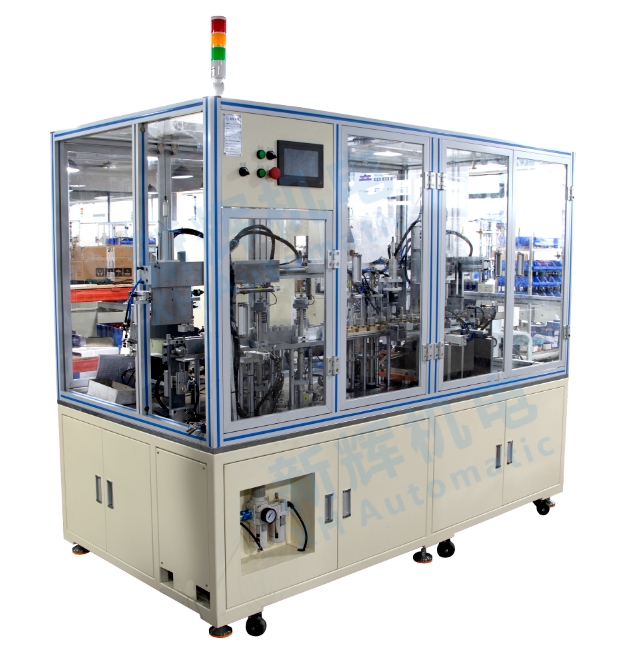What are the common electrical faults and solutions for DC brushed motor motor automatic press bearing magnetizer?
The following are the common electrical faults and solutions of DC brush motor motor automatic pressure bearing magnetizer:
1, power failure
Failure phenomenon: the motor can not start, the overall unresponsive machine
Possible causes: loose power plug, socket failure, blown fuse, power switch damage or power line disconnection.
Solution: check whether the power plug is inserted tightly, try to replace the socket; check the fuse, if blown, then replace the fuse of the same specifications; check the power switch on and off, if damaged, then replace; use a multimeter to check the power line, repair or replace the disconnected part.
2、Motor winding failure
Failure phenomenon: motor starting difficulties, unstable operation, excessive heat or even smoke and burnt
Possible causes: motor running for a long time resulting in winding insulation aging, moisture, short circuit or disconnection; motor overload operation, so that the winding current is too large, exceeding the rated value, thus damaging the winding
Solution: Use insulation resistance meter to check the insulation resistance of the windings, if the insulation resistance is too low, the motor needs to be dried or replaced with insulating materials; if there is a short circuit or disconnection, you need to find out the failure point, repair or replace the damaged part of the windings.

3、Brush failure
Failure phenomenon: motor running brush sparks too large, motor speed instability, noise increase
Possible causes: brush wear, brush spring pressure is insufficient or too large, brush and commutator contact is poor, brush selection is not appropriate.
Solution: Regularly check the degree of wear and tear of the brushes, when the brushes wear more than the prescribed limit, replace the brushes in time; adjust the brush spring pressure, so that it stays within the prescribed range; clean up the dirt and debris on the surface of the brushes and commutator to ensure a good contact; according to the motor model and the use of the requirements, select the appropriate type and specification of the brushes.
4、Commutator failure
Failure phenomenon: motor running sparks, noise, commutator surface wear, ablation.
Possible reasons: friction and wear between brush and commutator lead to uneven surface of commutator, groove; commutator surface oil, dust and other impurities, affecting brush and commutator contact; commutator mica protrudes, resulting in poor contact between brush and commutator.
Solution: Regularly sand and polish the surface of the commutator to restore its surface smoothness; use a clean cloth or special cleaner to clean up impurities on the surface of the commutator; if the mica flake protrudes, it is necessary to carve the mica flake, so that the mica flake is below the surface of the commutator to a certain depth.
5、Control circuit failure
Failure phenomenon: the motor can not run in accordance with the set parameters, such as speed, steering does not meet the requirements, the automation function of the machine fails.
Possible causes: damage to the electronic components on the control circuit board, such as capacitors, resistors, transistors, etc.; control circuit of the connecting wires loose, broken or short-circuited; control program errors or failures.
Solution: Use professional electronic testing equipment to test the components on the control circuit board to find out the damaged components and replace them; check the connecting lines of the control circuit to ensure that they are firmly connected, repair or replace broken or short-circuited lines; check and debug the control program, and if there is any error, correct it or reprogram it.
6、Sensor failure
Failure phenomenon: some of the functions of the all-in-one machine can not be realized normally, such as the inability to accurately detect the position of the bearing, magnetization strength, etc., resulting in abnormal work.
Possible causes: sensor damage, poor connection between the sensor and the control circuit, the sensor is subject to external interference.
Solution: Check the working status of the sensor, if it is damaged, then replace it; ensure that the connection between the sensor and the control circuit is reliable, no loose, broken or short-circuit phenomenon; take effective anti-interference measures, such as shielding the sensor line, away from the source of interference, etc., in order to minimize the impact of external interference on the sensor.
※ If through the above ways and means still can not solve the equipment failure, please contact Xinhui Electromechanical Equipment Co., Ltd. through the page chat tool to seek help.







